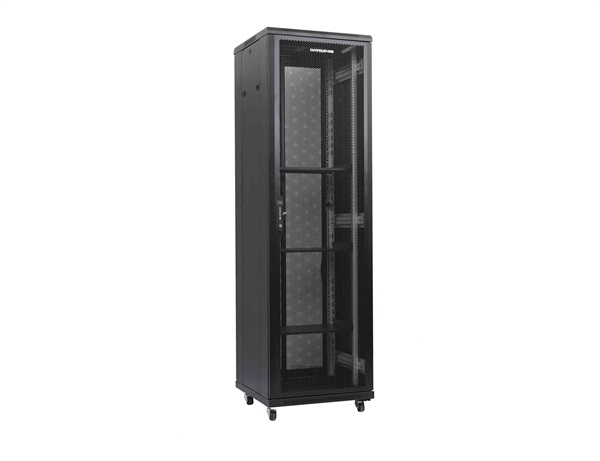News
Site Editor
 Site
https://leonetworkgroup.usa18.wondercdn.com/uploads/image/5fe152faa587d.png
Guitar cables are essential tools for musicians who want to connect their electric guitars to amplifiers in order to produce amplified sound. However, these cables can get damaged over time due to wear and tear, or even accidental damage. This can cause issues such as audio drop-outs, static, or buzzing noises. In order to ensure that your guitar performance goes as smoothly as possible, it is imp
Site
https://leonetworkgroup.usa18.wondercdn.com/uploads/image/5fe152faa587d.png
Guitar cables are essential tools for musicians who want to connect their electric guitars to amplifiers in order to produce amplified sound. However, these cables can get damaged over time due to wear and tear, or even accidental damage. This can cause issues such as audio drop-outs, static, or buzzing noises. In order to ensure that your guitar performance goes as smoothly as possible, it is imp
How To Test Guitar Cables
Views: 723
Author: Site Editor
Publish Time: 2023-07-13
Origin: Site
Guitar cables are essential tools for musicians who want to connect their electric guitars to amplifiers in order to produce amplified sound. However, these cables can get damaged over time due to wear and tear, or even accidental damage. This can cause issues such as audio drop-outs, static, or buzzing noises. In order to ensure that your guitar performance goes as smoothly as possible, it is important to test your guitar cables regularly. Here are a few tips on how to do it.
1. Check for physical damage
The first step in testing your guitar cable is to check for any physical damage. Inspect the cable for any cuts, kinks, or other signs of wear and tear. If you notice any physical damage, it is likely that the cable has been compromised and will need to be replaced.
2. Wiggle the connectors
Next, wiggle the connectors at both ends of the cable to see if they are loose or worn. If they are loose, this can cause crackling or static noises. If you notice any issues with the connectors, you may need to replace them or have them repaired.
3. Test for continuity
Continuity testing is the most effective way to determine the health of your guitar cable. To do this, you will need a multimeter. Turn the multimeter to the continuity setting and touch one of the probes to the metal tip of the cable and the other probe to the metal sleeve. If the multimeter beeps, this indicates that there is good continuity in the cable, and it is functioning properly. If the multimeter does not beep, this indicates that there is a break in the continuity, and the cable needs to be replaced.
4. Test for noise
You can also test your guitar cables for noise. To do this, plug the cable into your guitar and amplifier, and turn the volume up. Listen for any buzzing or humming noises. If you notice any unwanted noise, try moving the cable around to see if it is caused by a loose connection. If the noise persists, this could indicate a problem with the cable's wiring or shielding.
Conclusion
Testing your guitar cables is an important step in ensuring that your performances go smoothly. By following these tips, you can effectively test your guitar cables and identify any issues that may need to be addressed. Remember that regular testing and maintenance can help prolong the life of your guitar cables and keep your music sounding its best.
If you want to know more about industrial network cabinet,china fiber optic splice closure,china fiber optic distribution box,please consult the fiber optic splice closure factory









